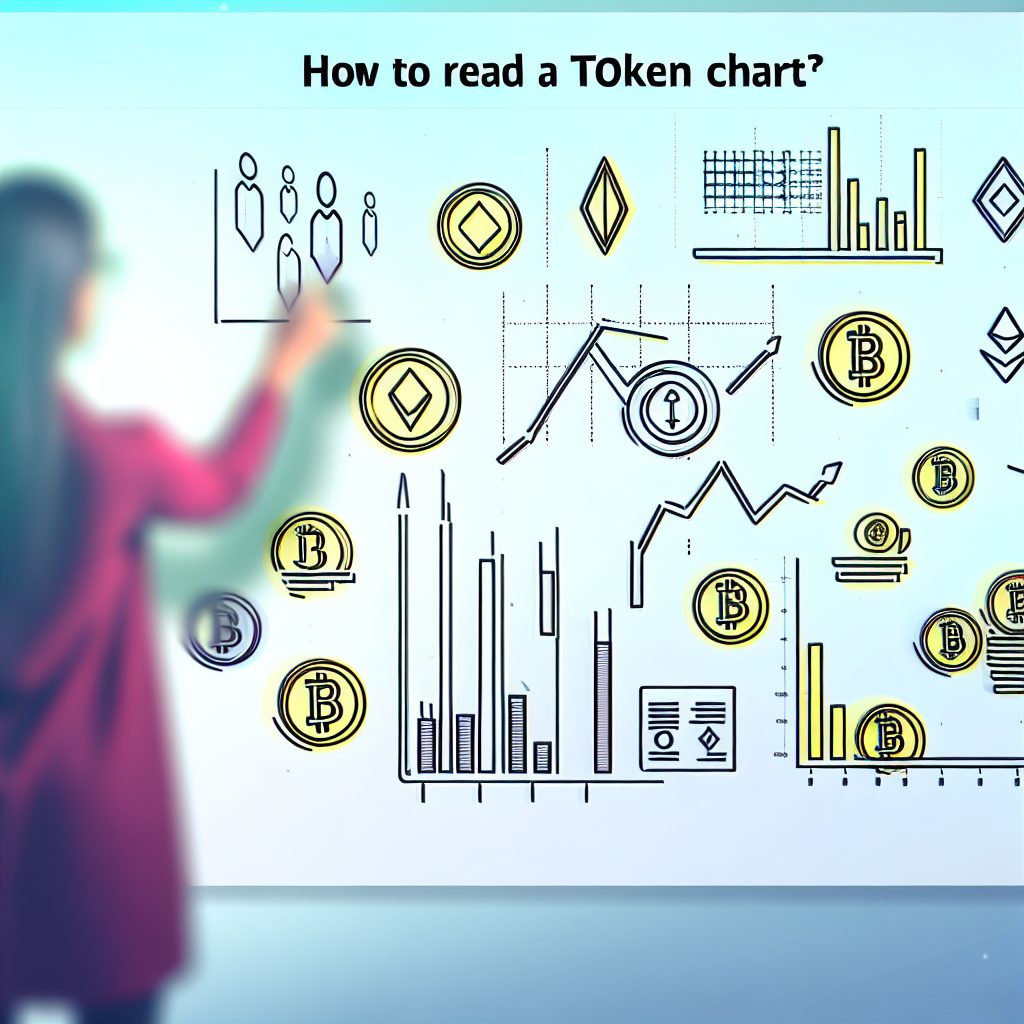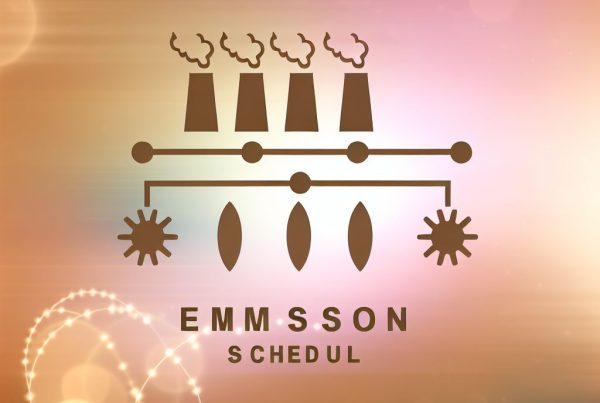How to Read a Token Chart in Cryptocurrency
Understanding how to read a token chart is essential for anyone looking to navigate the cryptocurrency market effectively. Whether you are a seasoned trader or a newcomer, being able to interpret these charts can significantly enhance your trading strategy and decision-making process. This comprehensive guide will delve into the intricacies of token charts, covering everything from basic concepts to advanced analysis techniques.
What is a Token Chart?
A token chart is a graphical representation of the price movements of a cryptocurrency token over a specific period. These charts provide traders and investors with valuable insights into market trends, price fluctuations, and trading volumes. By analyzing token charts, you can make informed decisions about when to buy or sell a particular cryptocurrency.
Types of Token Charts
There are several types of token charts used in the cryptocurrency market, each serving a different purpose:
- Line Charts: These are the simplest form of charts, displaying the closing prices of a token over time. They are useful for identifying overall trends.
- Bar Charts: Bar charts provide more information than line charts, showing the open, high, low, and close (OHLC) prices for a specific time period.
- Candlestick Charts: Similar to bar charts, candlestick charts offer a visual representation of price movements, with each “candlestick” representing a specific time frame. They are popular among traders for their ability to convey market sentiment.
- Volume Charts: These charts display the trading volume of a token over time, helping traders understand market activity and liquidity.
Key Components of a Token Chart
To effectively read a token chart, it’s crucial to understand its key components:
- Time Frame: The time frame of the chart can vary from minutes to days, weeks, or even months. Short-term traders often use minute or hourly charts, while long-term investors may prefer daily or weekly charts.
- Price Axis: The vertical axis represents the price of the token, while the horizontal axis shows the time period.
- Volume Bars: Typically located at the bottom of the chart, volume bars indicate the number of tokens traded during a specific time frame.
- Indicators: Many traders use technical indicators, such as moving averages or Relative Strength Index (RSI), to analyze price movements and predict future trends.
How to Analyze a Token Chart
Analyzing a token chart involves several steps:
1. Identify Trends
Trends can be classified into three categories: upward (bullish), downward (bearish), and sideways (neutral). Look for patterns in the price movements to determine the prevailing trend.

2. Use Technical Indicators
Incorporating technical indicators can enhance your analysis. Some popular indicators include:
- Moving Averages: These smooth out price data to identify trends over a specific period.
- Relative Strength Index (RSI): This momentum oscillator measures the speed and change of price movements, helping to identify overbought or oversold conditions.
- Bollinger Bands: These bands indicate volatility and potential price reversals by plotting standard deviations above and below a moving average.
3. Look for Support and Resistance Levels
Support levels are price points where a token tends to stop falling and may bounce back up, while resistance levels are where the price tends to stop rising and may reverse downward. Identifying these levels can help you make better trading decisions.
4. Analyze Volume
Volume is a critical factor in confirming trends. A price movement accompanied by high volume is more likely to be sustainable than one with low volume. Pay attention to volume spikes, as they can indicate significant market activity.
Real-World Application: Case Study
Let’s consider a hypothetical case study involving a popular cryptocurrency, Ethereum (ETH). In early 2023, Ethereum experienced a significant price increase from $2,000 to $4,000 over a few months. By analyzing the token chart:
- The candlestick chart showed a series of bullish candles, indicating strong buying pressure.
- The RSI was approaching overbought territory, suggesting a potential price correction.
- Volume analysis revealed that the price increase was supported by high trading volumes, confirming the strength of the trend.
Traders who utilized this analysis could have made informed decisions about entering or exiting positions based on the observed trends and indicators.
Common Mistakes When Reading Token Charts
Even experienced traders can make mistakes when interpreting token charts. Here are some common pitfalls to avoid:
- Ignoring Market News: Cryptocurrency prices can be heavily influenced by news events. Always consider external factors that may impact price movements.
- Overreliance on Indicators: While indicators are helpful, they should not be the sole basis for trading decisions. Combine them with fundamental analysis and market sentiment.
- Neglecting Risk Management: Always have a risk management strategy in place. Never invest more than you can afford to lose.
Frequently Asked Questions (FAQs)
What is the best chart type for beginners?
Line charts are often recommended for beginners due to their simplicity. As you gain experience, you can explore more complex chart types like candlestick and bar charts.
How often should I check token charts?
The frequency of checking token charts depends on your trading strategy. Day traders may check charts multiple times a day, while long-term investors might only check them weekly or monthly.
Can I use token charts for all cryptocurrencies?
Yes, token charts can be used for any cryptocurrency that has a trading history. However, the availability of data may vary depending on the exchange.
What are some reliable sources for token charts?
Some trusted sources for token charts include CoinMarketCap, TradingView, and Bitrabo.
Conclusion
Reading a token chart is a vital skill for anyone involved in the cryptocurrency market. By understanding the different types of charts, key components, and analysis techniques, you can make more informed trading decisions. Remember to combine technical analysis with fundamental insights and market news for a comprehensive approach to trading.
For the latest updates on cryptocurrency prices and news, consider visiting Bitrabo. Stay connected with me on social media for more insights: X, Instagram, and Threads.
Disclaimer: This article is for informational purposes only and should not be considered financial advice. Always conduct your own research before making investment decisions.
The Crypto Watchlist of the Week 🔎
Subscribe to receive expert-curated projects with real potential—plus trends, risks, and insights that matter. Get handpicked crypto projects, deep analysis & market updates delivered to you.


